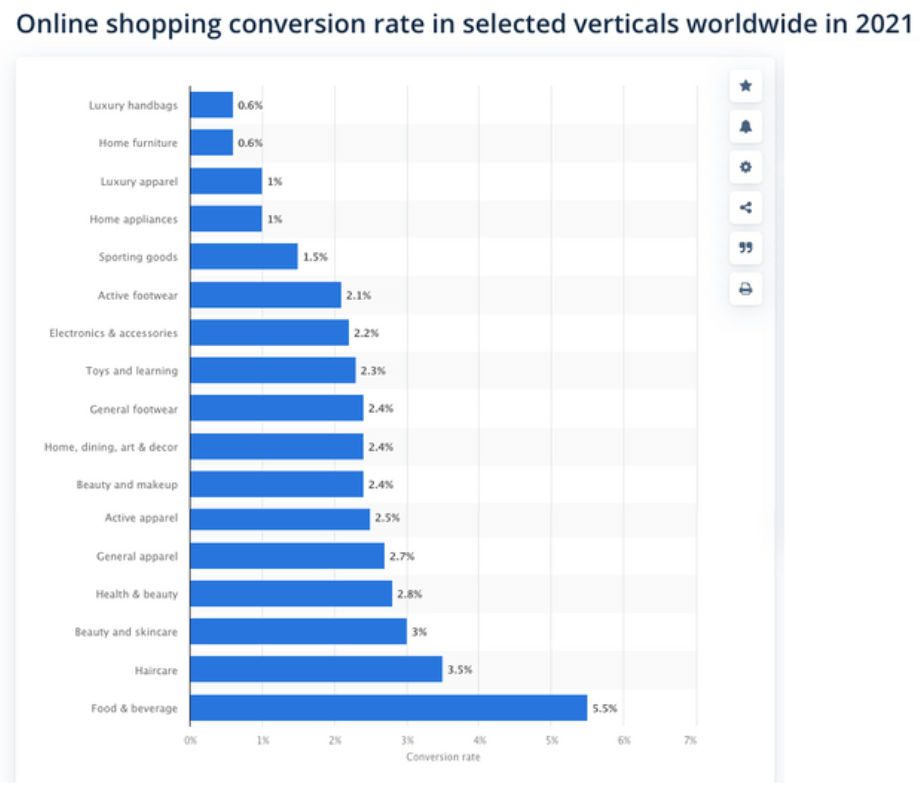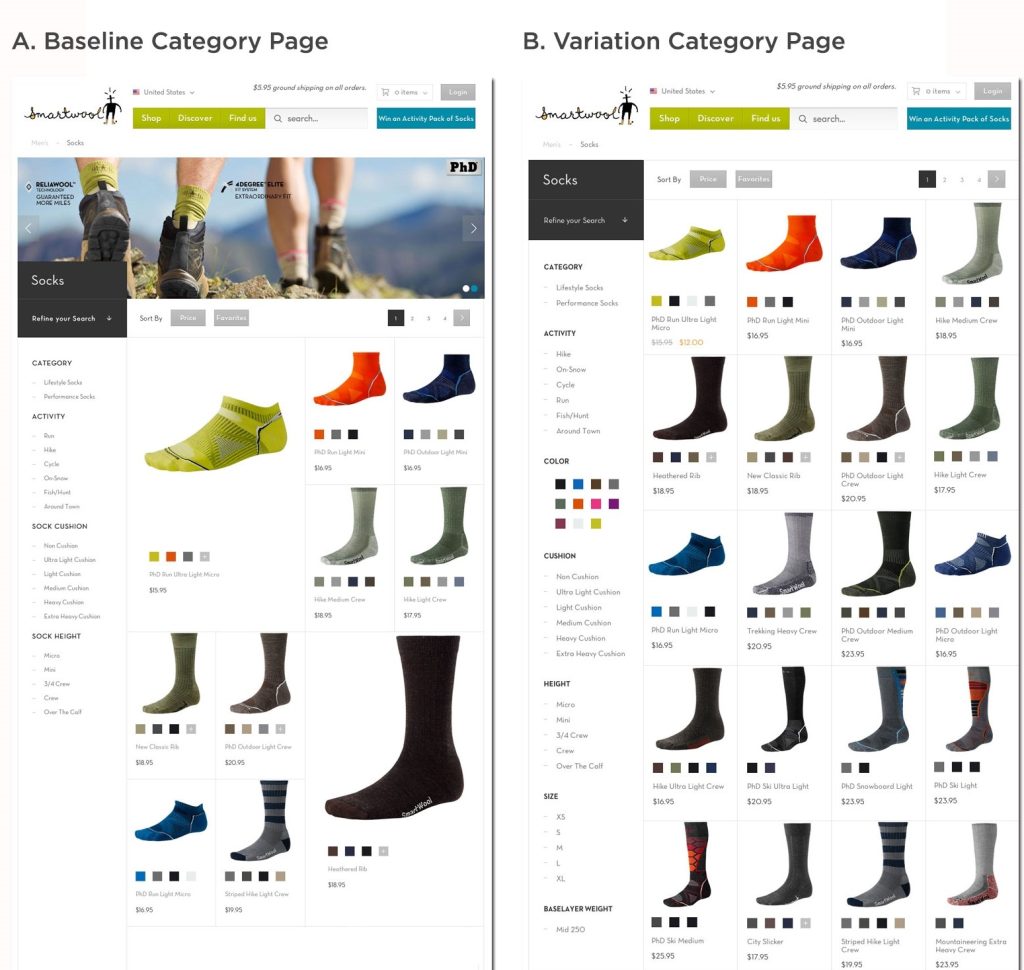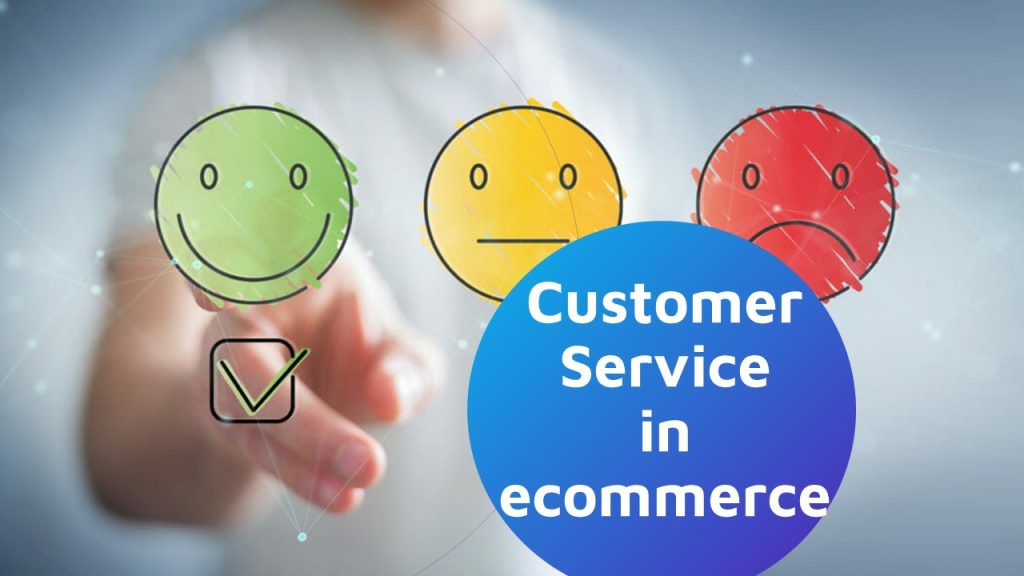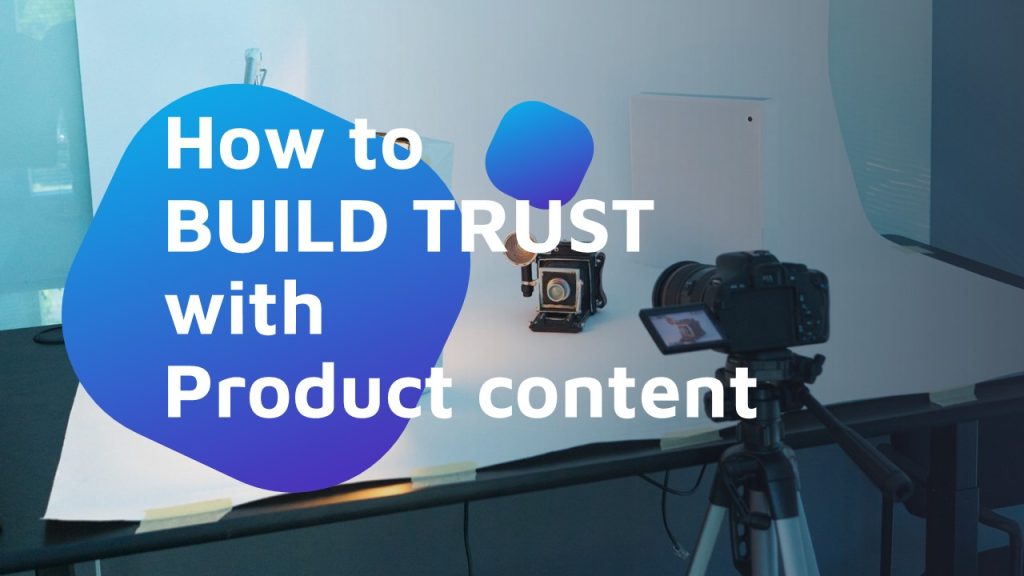You may have heard about A/B tests when you were working on your business’ website, creating your Amazon EBC or designing your product’s marketing strategy. A/B tests in product content have become an indispensable part of digital marketing for a simple reason: marketing is about improving reach and turning it into sales.
And if that weren’t enough, they provide audience and UX insights that may otherwise not be detected. While you don’t need to be a Data Scientist to spot the need, or conduct A/B tests, planning and interpretation do need some basic knowledge to start from.
What is A/B testing?
A/B tests consist in comparing two different versions of the same content, say A and B. By randomly presenting them to a number of users, and measuring their interaction over a period of time, they allow to determine which one performs better and understand why.
Only this allows a progressive and continuous improvement driven by the user’s experience. After all, everything in ecommerce is related to how users perceive and respond to the content they have before their eyes.

Goals & Metrics
A/B tests are simply hypothesis validators, and are a great ally when it comes to testing a business idea, assessing its performance, and identifying what can be improved.
However, before conducting an A/B you must know what problems and challenges users face when they navigate your website. And to do that, the statistical analysis of your metrics is key to spot what works, and what pushes your potential conversions away.
Identifying your improvable metrics will help you define clear goals, and that goes through offering your audience the experience they want.
- Identify the elements could be improved – which are more likely to increase a given metric.
- Set a clear goal. Increasing subscriptions or followers, decreasing your bounce rate or abandoned carts, etc.
- Design your B version, or choose from the options your tool of choice gives you.
- Check your A/B test results
- Apply the version which performs better.
PRO TIP
Practice makes expertise, and while the results of your first A/B tests may be surprising, final versions are rare in digital environments.
Instead, tests should be seen as the compass to the next iteration.
Because everything on the internet is in constant evolution, consumer behavior changes and points the way to follow for marketers. This constant feeding-back process is essential to deliver quality content without hitting out blindly.
- Time and money saving. Applying changes of any kind can be time-consuming, not to mention the economic cost of rolling a new version out or back.
- Minimum disruptive impact. Testing a specific change in a controlled environment reduces the chances of massive bounce-outs.
- They are automated, and increasingly powered by AI. The rise of CRO (Conversion Rate Optimization) brings new apps and tools providing automated functions based on Machine Learning and real-time analysis.
Tools and plugins
Given the importance of testing, validating, and adapting content, free plugins are often limited to very basic functions, which end up being insufficient. But each business has different needs, and at some point, using more powerful and comprehensive tools like Hubspot, Pickfu, VWO, Optimonster, Hotjar, or Optimizely, although they may be expensive for smaller companies.
Among other affordable options, is Google Optimize, Google Analytics’ A/B testing tool, powered by Google’s algorithm with multiple options and suggestions, or Nelio AB Testing for WordPress. If you work with a marketing agency, A/B tests are often conducted sometimes without you even knowing. It is in their best interest too!
Main elements in A/B testing
Absolutely everything related to digital marketing and ecommerce is A/B testable. Sometimes, the most subtle details can make a significant difference in conversion rates. And that applies to all elements, from background colors to voice and tone, or the mere need to scroll down to fill in a form.
With that in mind, you can conduct infinite tests, each aimed at a specific goal.
Large corporations are able to run multiple A/B tests simultaneously, because they have the staff to control what’s going on and adjust their global consistency. But for a large majority of startups and SME’s, it is better to identify and prioritize specific improvement points to test them one by one.
- Copy, voice and tone, color, size, and position.
- Buttons and CTAs
- Headlines, leads, and the body text of product descriptions
- The length of forms and the details they require.
- Page layout, visual structure, and information architecture.
- How products, promotions, and pricing are presented.
- Product images (location, position, purpose, content, and quality) on landing and product pages.
- The amount of text.
When should you conduct an A/B test?
A/B testing is about continuous improvement and adapting to what consumers really want in their journey. So, the answer is every time you see improvable metrics.
Metrics reflect user behavior and reveal the friction points between users and content design. And while they are a clear reflection of how a business performs, conversion rates vary from 1% to 5% across industries, being 5% an astonishing number. Their improvability depends as well on factors like brand awareness, competition, market saturation, and many others.

But because user behavior changes, and sometimes the reason is not evident, it goes hand in hand with the analysis of metrics to answer questions you can only assume the answer for.
For example:
- Why users bounce out
- What catches their eye and keeps them in
- How far they go in the checkout process
- Why they back out when they’re one click away from completing a purchase.
Optimization is based on metrics, and metrics tell when there’s a problem with your customers’ journey. Heat maps and scroll maps will be your best friends here.

Conducting A/B tests in product content
A/B testing is broadly used in different marketing instances, like landing pages, ads, email marketing, and mainly for conversion, i.e., to increase sales, leads, or both. That doesn’t necessarily exclude larger pieces of content, such as product videos and renders, or even full websites. However, it would imply a much higher cost both in time and money: more storage space, more powerful resources to conduct the test itself over a significant period of time. And what’s more important, consumers may not put so much time into watching an entire video, which would lead to inconsistent results.
Too much of a risk for a simple test, right?
Instead of taking it, make sure your product’s creativities focus on what matters: its features, the pains it solves and the benefits of using it. Because that is what matters the most.

Hypothesis: would a grid design change will help us increase our revenue.
Result: B version increased the average revenue per visitor by 17.1%
Best practices
- Run one test at a time
- Double-check both A and B versions before launch
- Give it time – it all depends on traffic
- Think of multiple metrics when conceiving a B version to obtain more insights
- Plan your A/B test according to your marketing campaigns calendar to get consistent data and avoid biases
- Exclude all IP’s within your organization
- Make sure your website content is mobile responsive
- NEVER A/B test your prices, for obvious reasons.
Content2Sell focuses on planning, agreeing, and scripting content that can be used seamlessly, and remains aligned with the brand and its core values.
Because remember, ecommerce isn’t about businesses, but about consumers.



